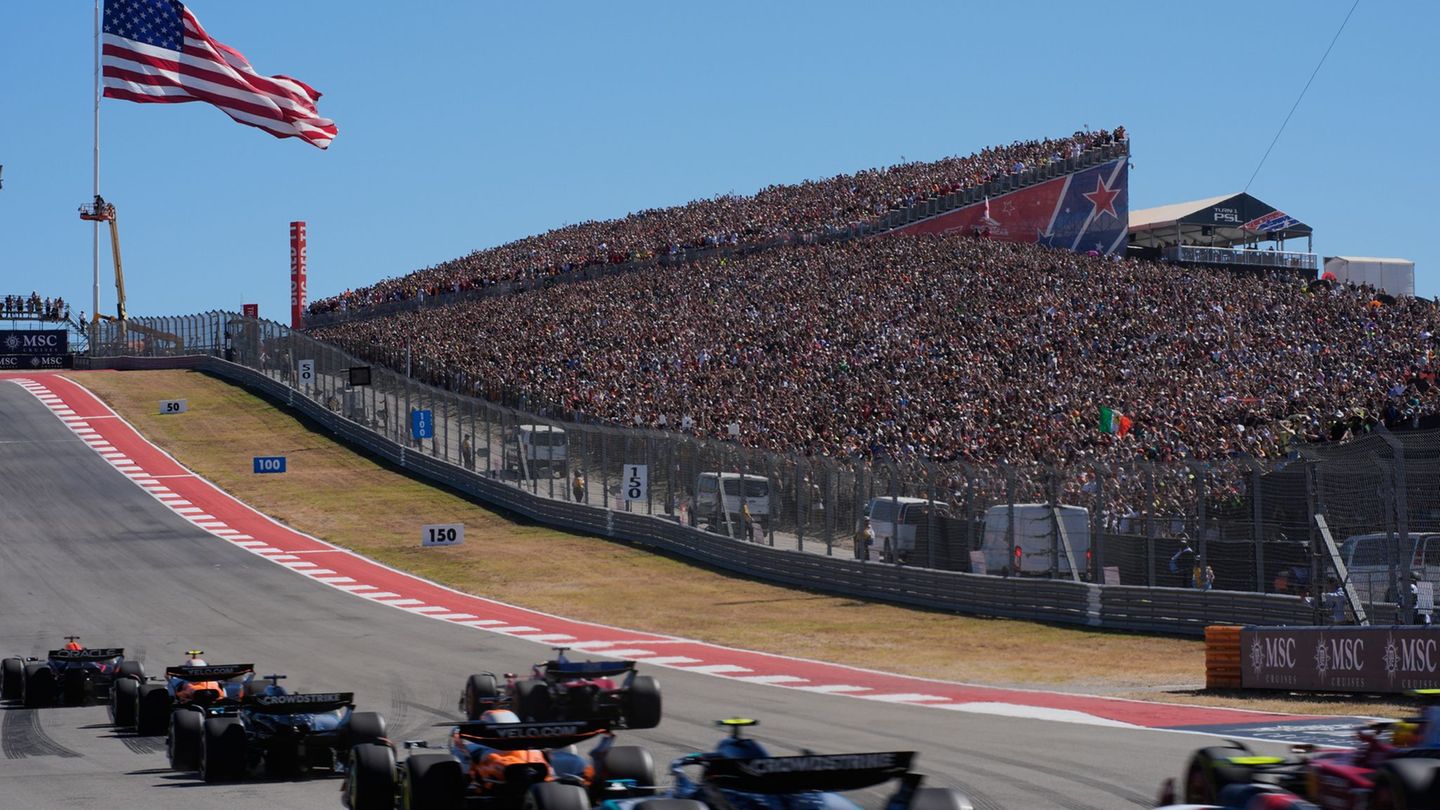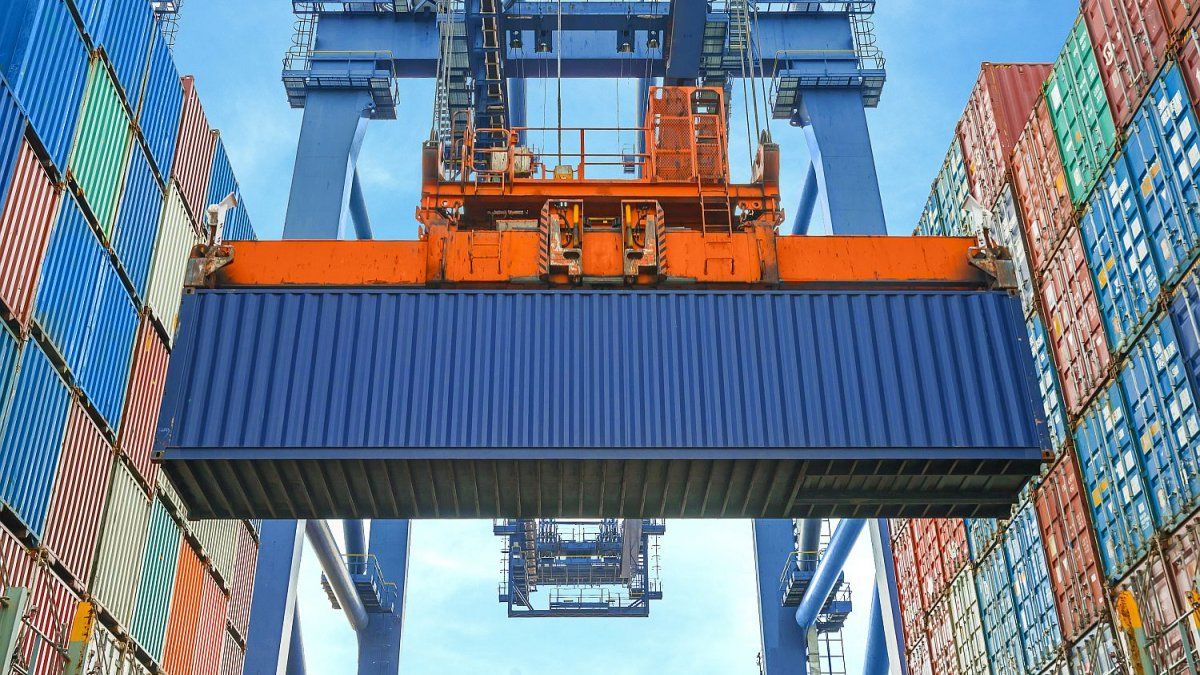The decision came as a surprise even to many leading members of the Green Party: the party leadership is stepping down en masse. What is behind the move.
The entire Green Party executive committee is resigning. A fresh start is intended to help get the party out of the crisis. Why is the federal executive committee, with its co-chairs Omid Nouripour and Ricarda Lang, now making such an emergency stop?
1. Poor election results and poll ratings
The party leadership admits its failure. The Greens have had a disastrous result in four elections in a row – European elections and state elections in Saxony, Thuringia and Brandenburg. In Thuringia and Brandenburg, where they were part of the state government, they failed to clear the five percent hurdle and were thrown out of the state parliament altogether. They are particularly worried that they are no longer able to score as well with young voters as they used to.
Internally, there is talk of a lack of presence on Tiktok. It is also said that it was too late to realise how many young people have suffered under the restrictions of the corona pandemic. Two other possible reasons that some members see are not discussed publicly: the party’s stance on the war in the Gaza Strip after the Hamas terror attack on October 7, which some left-leaning voters from the student milieu find too one-sidedly pro-Israel. The tightening of asylum law has also not been well received in some cases, it is said.
In a year there will be a federal election. The Greens will probably put forward a candidate for chancellor. His name will probably be Robert Habeck. In nationwide polls, however, the Greens recently achieved values that were significantly lower than their result in the 2021 federal election. At that time, the Greens had received 14.8 percent with their candidate for chancellor, Annalena Baerbock. The party had hoped for more. If there were a federal election next Sunday, however, the Greens could only expect ten to eleven percent of the vote, according to recent polls.
2. External impact
Nouripour and Lang, who many Greens believe work well together, are popular in the party. However, the outgoing co-chairs are less well received by the public. Perhaps also because their predecessors Annalena Baerbock and Robert Habeck attracted more attention as Foreign Minister and Federal Minister of Economics.
Lang always tries to sound constructive. However, the left-wing social politician may have seemed too politicking for some young voters. She speaks quickly in television appearances, probably in order to present as many arguments as possible in a short space of time. However, this complexity may overwhelm some of the electorate, who are looking for support in a world dominated by crises and conflicts. Since her election as co-chair, Lang has been showered with derogatory comments by AfD politicians – including on social media.
Nouripour, who belongs to the realo wing, usually formulated his views more loosely than Lang. But he also occasionally caused controversy – most recently when he referred to the traffic light coalition as a “transitional government”.
3. The traffic light
The self-proclaimed “progressive coalition” of the SPD, the Greens and the FDP has lost popularity dramatically. Lang and Nouripour nevertheless decided to do things differently than the FDP. Its general secretary Bijan Djir-Sarai often distances himself from the coalition’s decisions and now often sounds more like an opposition politician than a representative of a government party. Lang and Nouripour tended to point to what the Greens see as the traffic light coalition’s successes, for example in the expansion of renewable energies – and found it difficult to differentiate their party from the unpopular coalition.
Source: Stern
I have been working in the news industry for over 6 years, first as a reporter and now as an editor. I have covered politics extensively, and my work has appeared in major newspapers and online news outlets around the world. In addition to my writing, I also contribute regularly to 24 Hours World.




